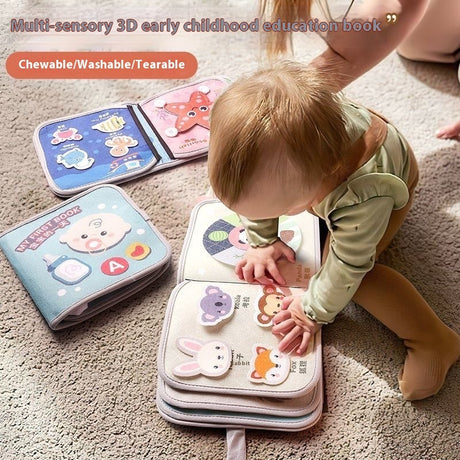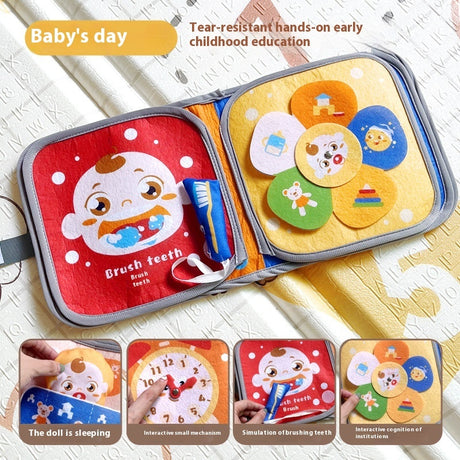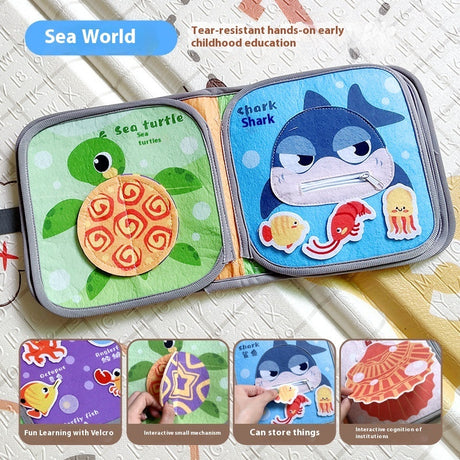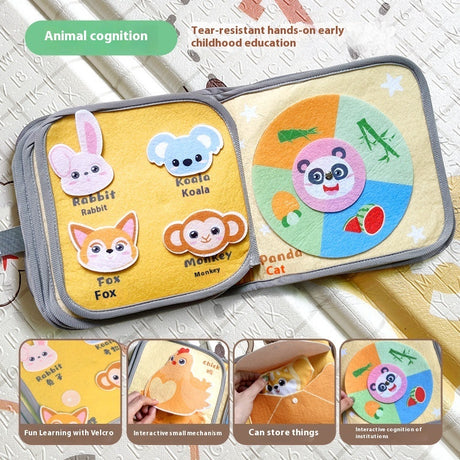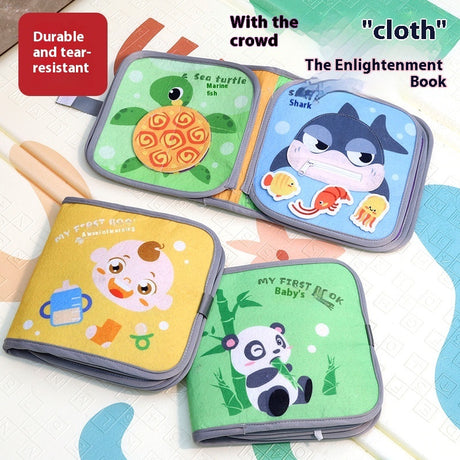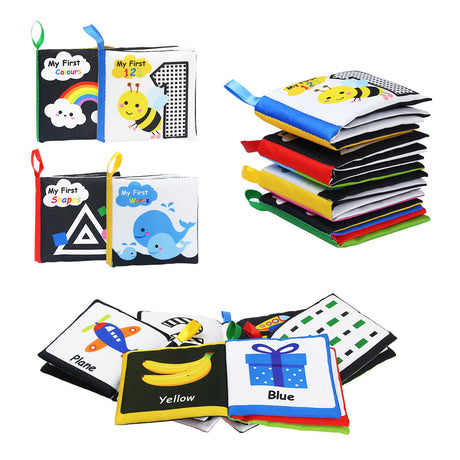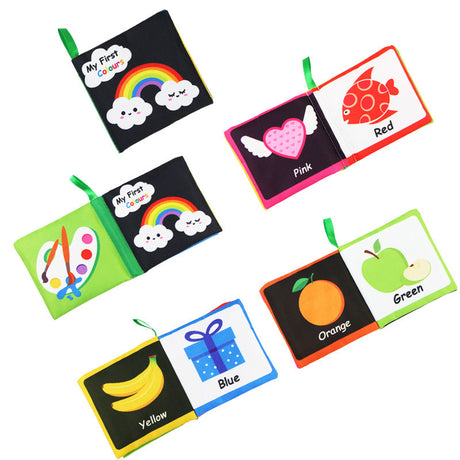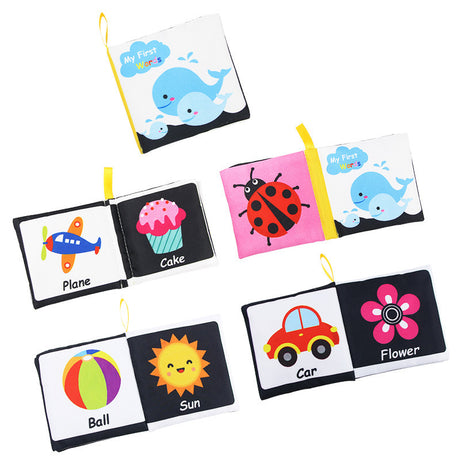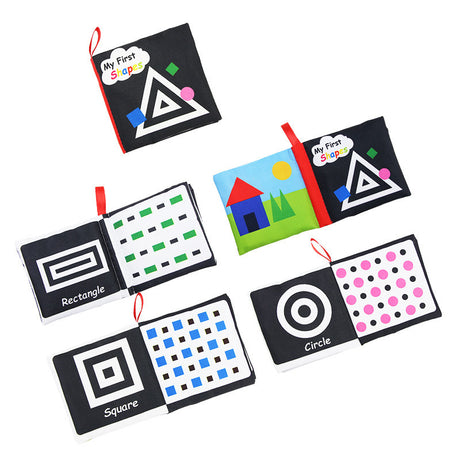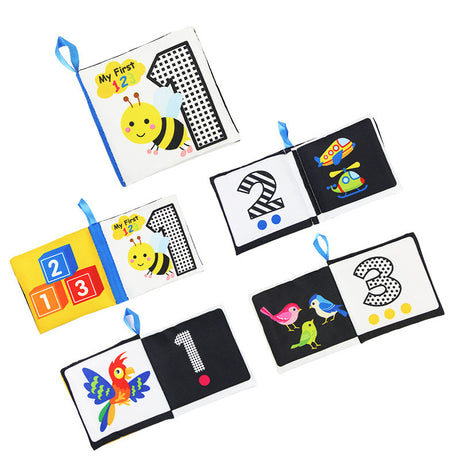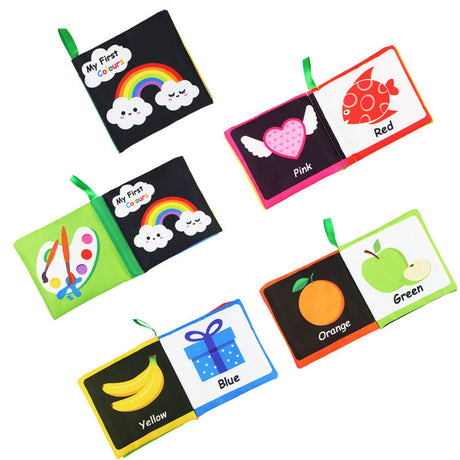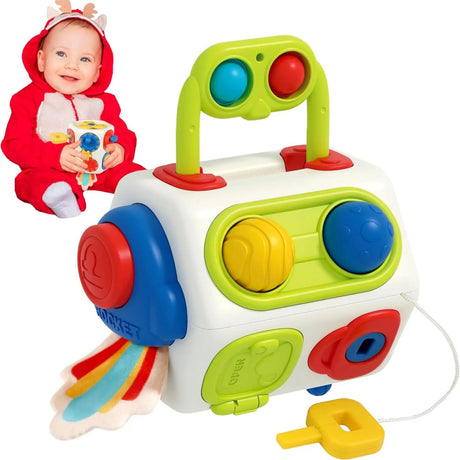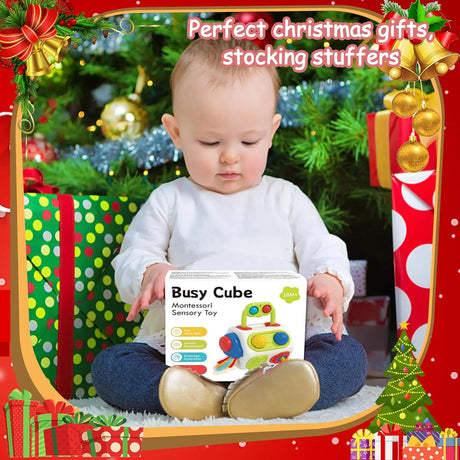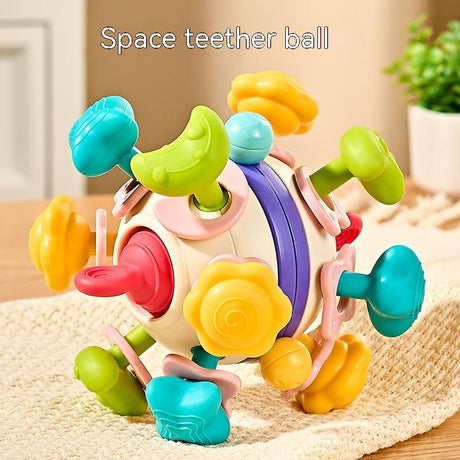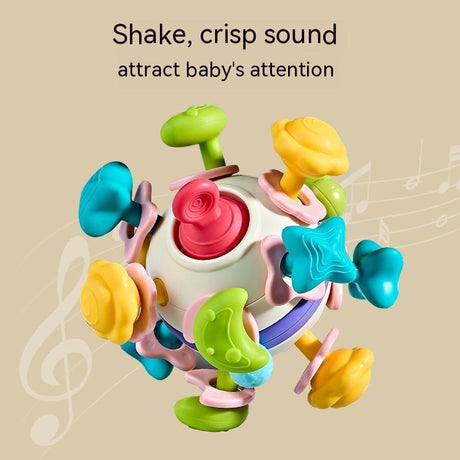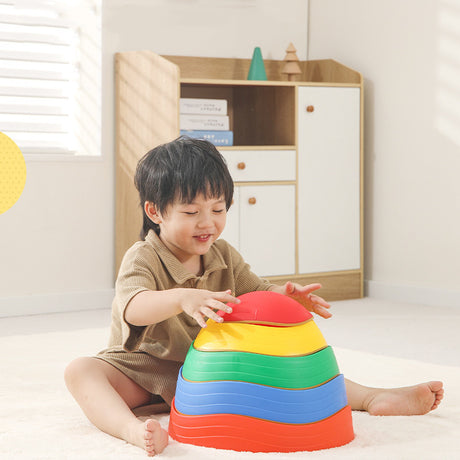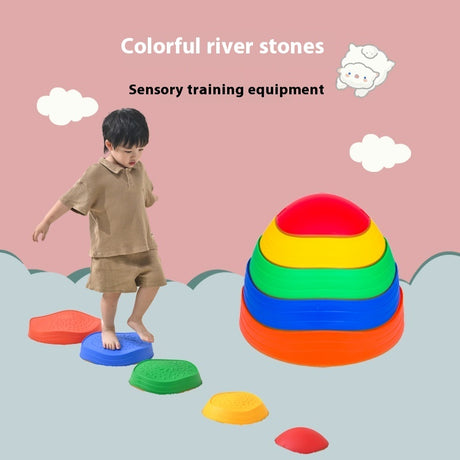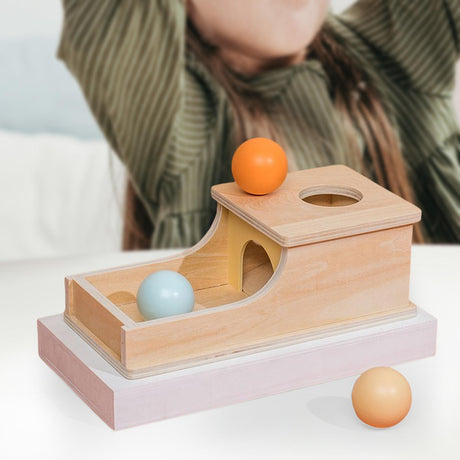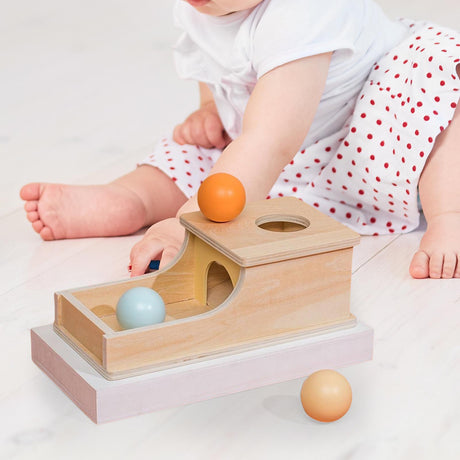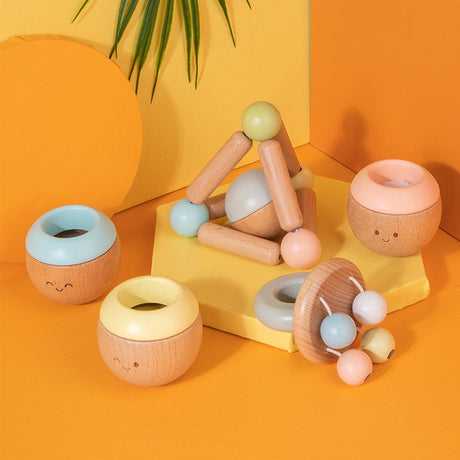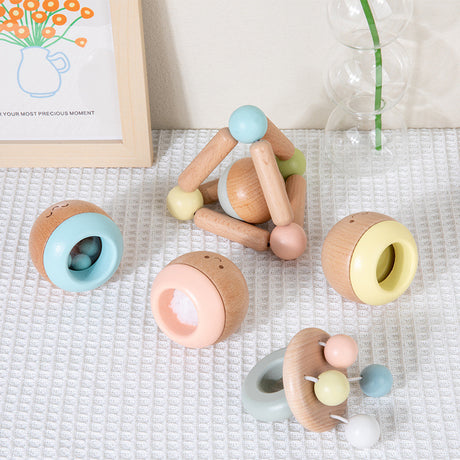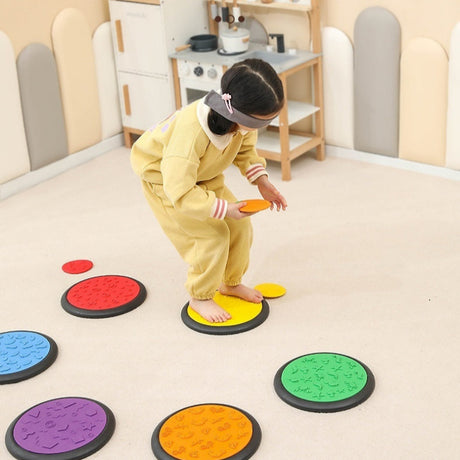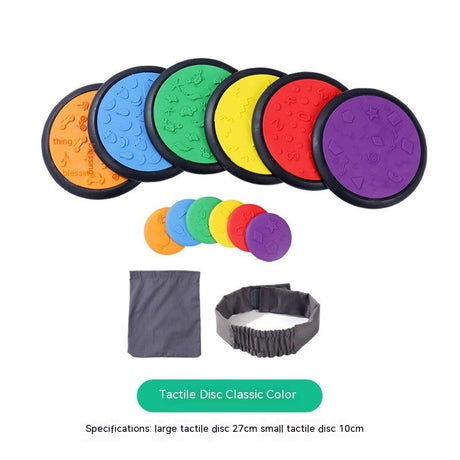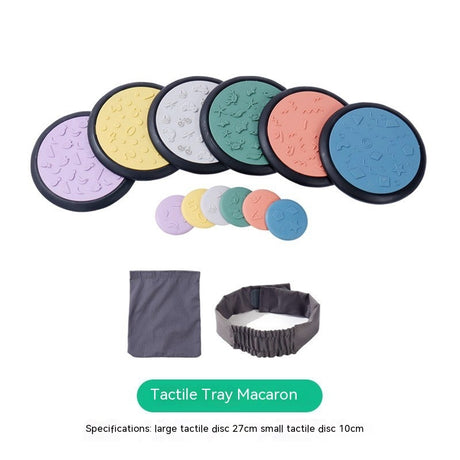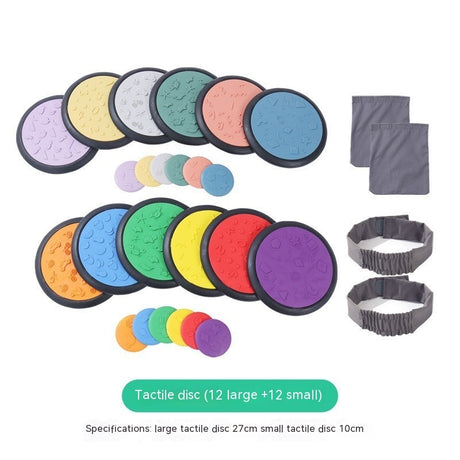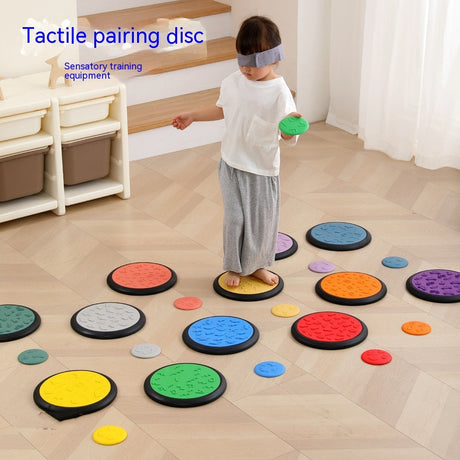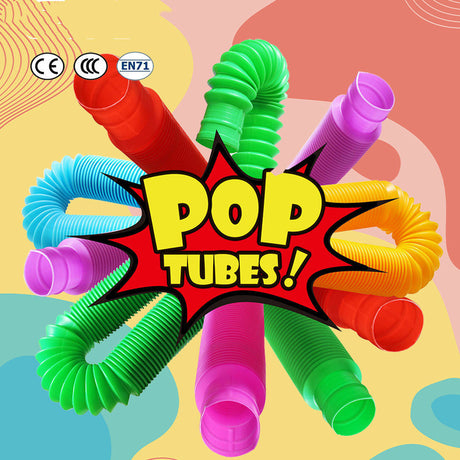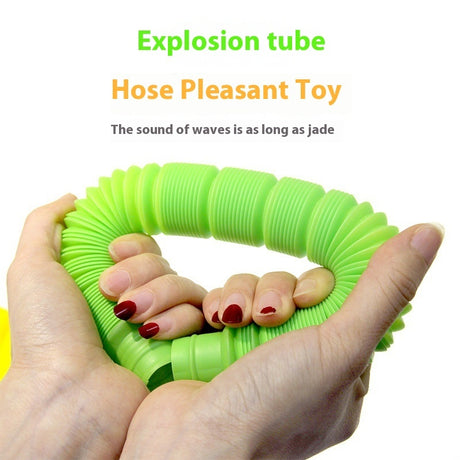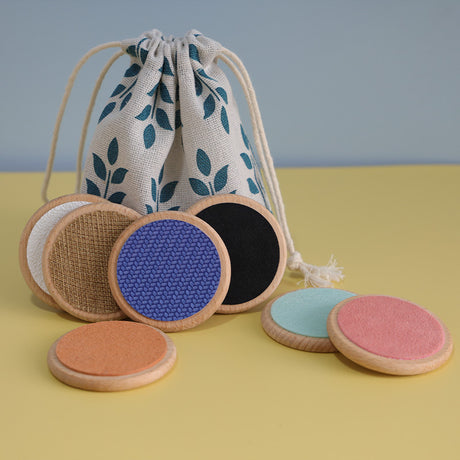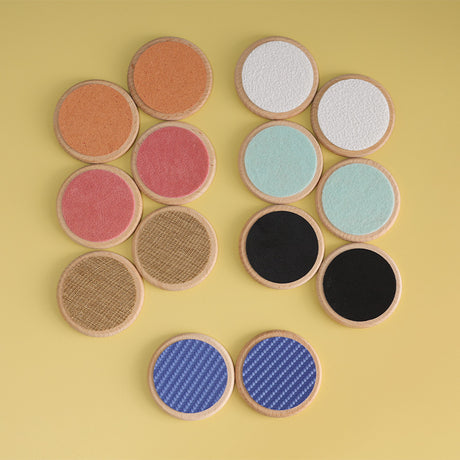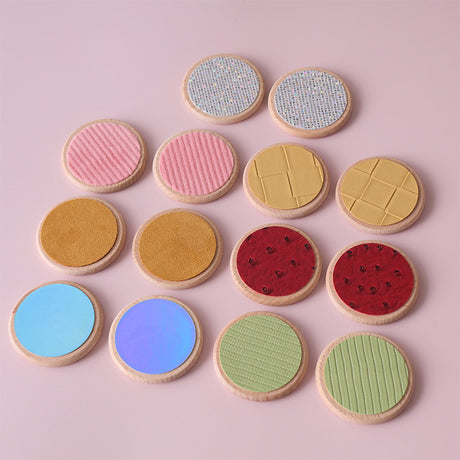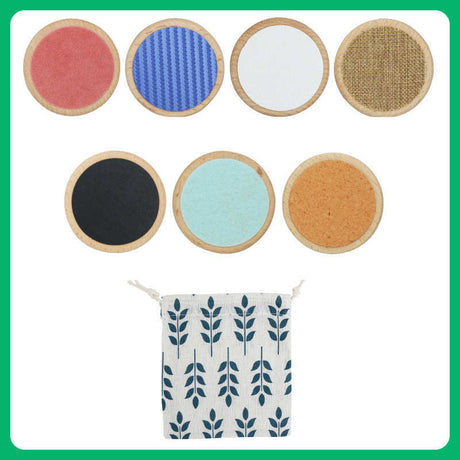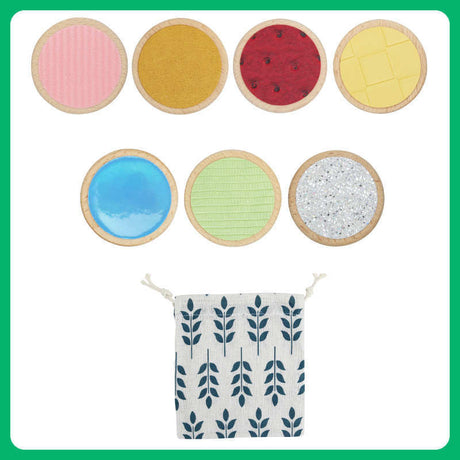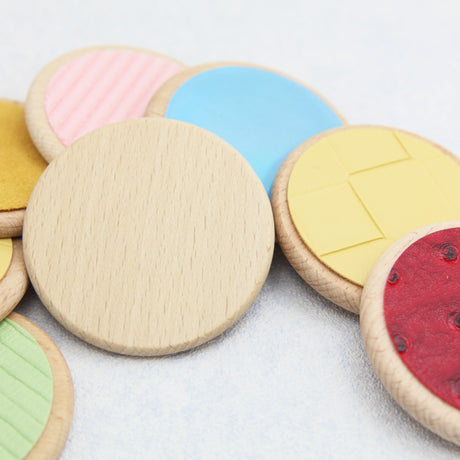What Are Sensory Toys and Why Are They So Important?
From fuzzy textures to flashing lights and soothing sounds, every toy stimulates a child’s senses in one way or another. But sensory toys go a step further—they are specially designed to make sensory experiences the core of play.
“🎯 Sensory toys stimulate the tactile system,” says pediatric occupational therapist Shelli Dry. “Visual toys may glow, blink, or display moving patterns. Vestibular toys like swings and scooters activate the body’s sense of movement. Auditory toys might include music, rhythmic beats, or chimes.”
Even popular fidget toys—those irresistibly bouncy, squishy gadgets—serve a purpose. They give kids (and adults!) satisfying push-and-pull sensations that can calm the nerves and engage focus.
Why Sensory Toys Matter for All Ages and Abilities
Sensory toys are not just for toddlers or kids with diagnosed sensory processing disorders. They benefit everyone. Shelli Dry explains: “They help activate or calm emotions, teach turn-taking and cooperation, and support hand-eye coordination.”
But for children on the autism spectrum, the value of sensory toys can be life-changing.
💙 Sensory Toys & Autism: A Supportive Match
Parents and therapists have long turned to sensory toys to support kids with autism. These tools help:
-
🌿 Ease stress and anxiety
-
🔍 Improve focus and attention
-
😌 Encourage calmness and relaxation
By engaging the senses, these toys provide safe and enjoyable opportunities for children to learn, explore, and develop sensory integration skills.
In fact, since 2013, the American Psychiatric Association officially recognized sensory sensitivity as a key component in diagnosing autism spectrum disorder (ASD) — highlighting just how crucial sensory regulation is for those affected.
Understanding Sensory Sensitivities
Many children with autism experience sensory sensitivities that can make everyday environments overwhelming. These sensitivities may include:
-
🔊 Hypersensitivity to sound
-
💡 Discomfort with certain lights or brightness
-
✋ Aversion to specific textures
-
👃 Strong reactions to smells or tastes
🧸 Sensory toys designed for autistic kids aim to gently stimulate the five key senses—sight, sound, touch, smell, and taste—providing controlled input to help them process and respond to stimuli in a safer and more manageable way.
Types of Sensory Toys
Let’s break down some of the most popular sensory toy categories and how they help:
| Sensory Type |
Toy Examples |
| 👀 Visual |
Light-up toys, pattern projectors, colorful puzzles |
| 👂 Auditory |
Musical instruments, sound puzzles, calming noise machines |
| ✋ Tactile |
Textured balls, fidget toys, soft stuffed animals |
| 👃 Olfactory |
Scented markers, aromatherapy dough, scratch-and-sniff books |
| 👅 Taste |
Chewable necklaces, edible sensory play items, teething textures |
By activating multiple senses in a playful setting, these toys support children in exploring and understanding their world.
Benefits of Sensory Toys for Children with Autism
Here are the top advantages of incorporating sensory toys into everyday life:
-
🎨 Sensory Stimulation: Provides varied input to develop sensory processing.
-
🧘 Regulation: Helps kids manage overwhelming sensory input.
-
🔒 Comfort: Offers calming experiences and a sense of security.
-
🧠 Integration: Improves the brain’s ability to interpret and organize sensory data.
-
🎯 Focus: Encourages attention, especially during transitions or therapy.
By blending fun with function, sensory toys serve as vital tools in helping children feel more confident, relaxed, and in control.
✅ Choosing the Right Sensory Toy
When selecting a sensory toy for an autistic child, it’s essential to consider two things:
👁️ 1. Visual Stimulation
Research suggests that some children with autism may process visual input differently. Toys like light-up balls or nightlight projectors can be mesmerizing and calming, perfect for bedtime or focus time.
🖐️ 2. Meeting Tactile and Sensory Needs
Children often have specific preferences. Tactile toys with a variety of textures—such as soft fabrics, rubbery surfaces, or ribbed edges—can offer delightful feedback.
🔄 Spinning toys, especially, are favorites. They provide rhythmic visual and vestibular input that can help reduce anxiety and increase concentration.
💡 Tip: Watch how your child responds. Their reactions will tell you a lot about what type of input they crave or shy away from.
DIY Sensory Toys: Creative & Budget-Friendly
Want to personalize the sensory experience? Try making your own toys at home!
🎨 Ideas to Try:
-
Sensory Bottles: Fill empty plastic bottles with water, glitter, beads, or rice.
-
Texture Boards: Glue various materials (fabric, sandpaper, foam) onto cardboard.
-
Sensory Bins: Use dry pasta, rice, or beans for digging and exploring.
-
Calming Jars: Add glitter, food coloring, and clear glue to a jar of water. Shake and watch the magic.
These homemade creations not only save money—they let you tailor the experience to your child’s specific interests.
Popular Sensory Toys on the Market
Looking for ready-made options? Here are some of the most loved sensory toys for kids with autism:
🌌 Calming Visual Toys
-
🌈 Liquid motion timers
-
🪄 Bubble tubes
-
💤 Soothing light projectors
These toys create mesmerizing visuals that can lower stress and prepare kids for bed or quiet time.
💪 Deep Pressure and Touch Toys
-
🧥 Weighted blankets and vests
-
🪑 Lap pads
-
🌊 Compression swings
Deep pressure can help children feel grounded, comforted, and less anxious.
🧴 Fidget & Tactile Toys
-
🟣 Stress balls and sensory dough
-
🌀 Chewable necklaces
-
✋ Sensory brushes
These toys provide feedback for fidgety hands and help with emotional regulation during stressful moments.
👫 Supporting Social and Fine Motor Skills
Sensory toys do more than calm—they also promote crucial developmental milestones:
🤝 Social Skill Development
Toys that involve pretend play, turn-taking, or cooperative activities help children practice:
-
Sharing
-
Planning
-
Communication
-
Understanding cause-and-effect
These playful interactions can foster real-world social confidence.
✍️ Fine Motor Skill Practice
Toys that require:
-
Stacking
-
Sorting
-
Threading
-
Puzzling
...help refine hand strength, coordination, and spatial awareness. These are essential skills for everyday tasks like tying shoes or holding a pencil.
Final Thoughts: Small Toys, Big Impact
Sensory toys aren't just “fun extras”—they’re transformative tools that support the growth and well-being of children with autism. Whether you're a parent, teacher, or therapist, the right sensory toy can help a child relax, focus, and thrive.
By thoughtfully choosing or creating sensory toys tailored to a child's needs, you're helping build a foundation for emotional balance, social connection, and joyful discovery.
🛍️ Want to explore beautifully designed sensory toys inspired by Chinese creativity?
✨ Check out our curated collection at C-Gifts.com, where culture meets care.



